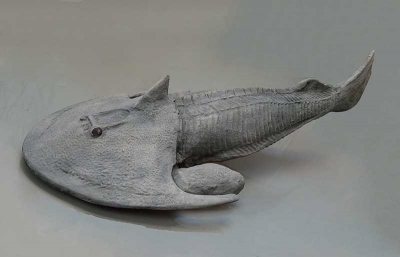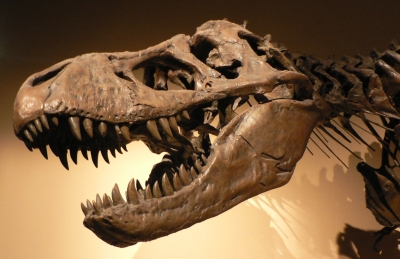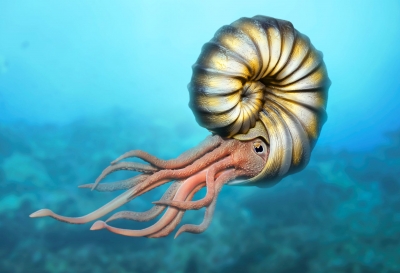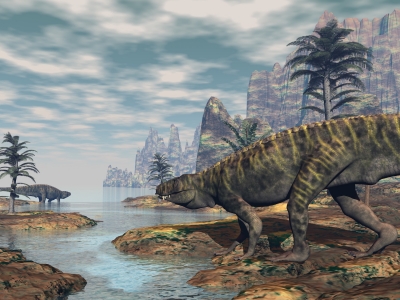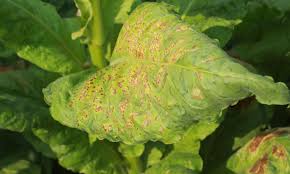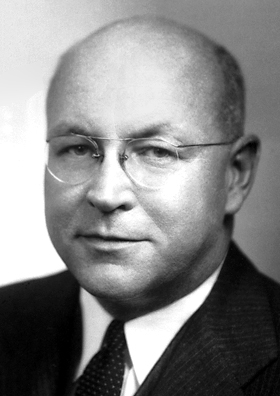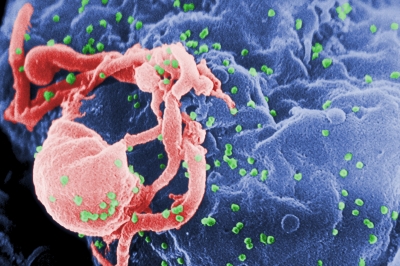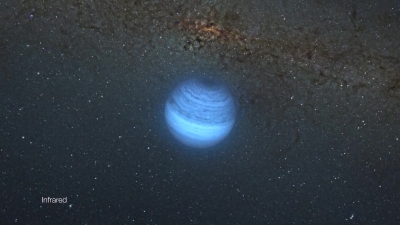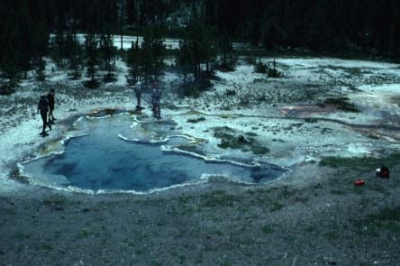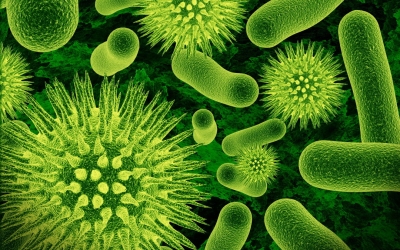What is referred to as the Cambrian explosion which took place nearly 541million years ago?
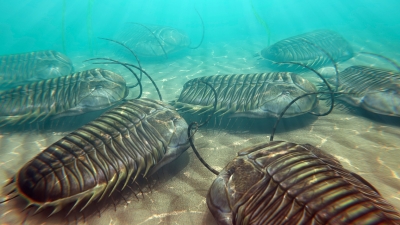
The Cambrian explosion or Cambrian radiation was an event approximately 541 million years ago in the Cambrian period when practically all major animal phyla started appearing in the fossil record. It lasted for about 13 – 25 million years and resulted in the divergence of most modern metazoan phyla. The event was accompanied by major diversifications in other groups of organisms as well.
The rapid appearance of a wide variety of animals - particularly bilaterians - led to the development of radical new ecological interactions such as predation. Consequently, ecosystems became much more complex than those of the Ediacaran. As the number and variety of organisms increased, they occupied a variety of new marine environments and habitats. Cambrian seas teemed with animals of various sizes, shapes, and ecologies; some lived on or in the sea floor (a benthic lifestyle), while others actively swam in the water column (nektonic).
The fundamental ecological structure of modern marine communities was firmly established during the Cambrian. By the end of the Period, some animals had also made the first temporary forays onto land, soon to be followed by plants.
Picture Credit : Google
